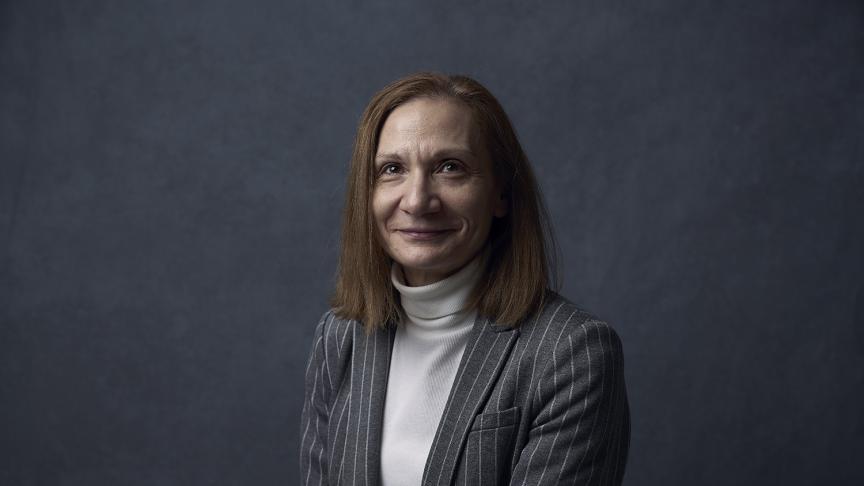Saving lives, one radar technology at a time

March 1, 2018
Natalia Nikolova is a superhero, even though she doesn’t view herself as one. Saving lives through radar technology is just part of her research.
“This prof is the coolest lady ever. One of my idols,” said one prospective student on Twitter, after meeting the Electrical and Computer Engineering professor and Canada Research Chair in High Frequency Electromagnetics.
When Nikolova saw the tweet, she smiled and brushed off the praise. Still, she had a twinkle of pride in her eyes. She knows her research is valuable.
Radar technology employs electromagnetic waves to reveal objects that cannot be seen with the naked eye.

“Microwaves have been traditionally used for communications,” explains Nikolova. “Cell phones, WiFi and bluetooth connections – they all employ such waves. However, our applications are somewhat different”
One of Nikolova’s applications is a radar scanner for early stage breast cancer detection.
“It’s a compact, cost-efficient and safe technology that can be used comfortably in a family doctor’s office so that women can be checked as often as necessary.”
Currently, the most common way to find breast cancer early is screening with mammography. Though research shows this imaging technology is effective in lowering the risk of women dying from breast cancer between the ages of 50 and 69, it is expensive, not always accurate and not recommended for frequent use due to the ionization of x-ray radiation.
Nikolova’s radar scanner can be used as frequently as necessary as the radiation is nonionizing. Since compression of the scanner is minimal, the radar scanning experience is comfortable.
There are a few research teams around the world pursuing similar research to Nikolova’s, but none have been approved for commercial development yet as image processing is complex and prone to errors. Her prototype will likely be ready for clinical trial within 5 years.
The Westgate Las Vegas Resort is an early adopter of another radar technology that came out of Nikolova’s research. To help ensure the safety of their guests and their assets, Westgate is testing Patscan CMR, a fully automated, concealed weapon detection system.
Nikolova and her team worked with PatriotOne, a security systems developer based in Burlington, Ontario, to release the technology for commercial use.
Patscan CMR, which was recently featured in Wired Magazine, is a small radar unit that inspects people for guns, knives and bombs. Unlike metal detectors and whole-body scanners, the unit does not require physical proximity. It uses microwaves emitted through antennae to detect foreign objects from a distance.
“Our radar works in collaboration with video surveillance so that when a warning is issued, a photo is taken of the person that triggered the alarm and the video can track the movements of this person.”
The applications for radar technology don’t end there. Nikolova’s team is using radar for non-destructive testing (NDT), a method to determine the structural integrity of anything from bridges to ships in a non-invasive manner.
“Many materials, especially in pipeline and marine technology, have protective coatings which prevent you from seeing what’s under it. But microwaves can penetrate through that insulation.”
A company based in Fredericton, New Brunswick, is collaborating with Nikolova’s team to develop this technology to inspect pipes and boat hulls for defects under protective coating.
As Nikolova continues to explore the possibilities for radar technology, she ensures her values stay in line with her research.
“I see my responsibility in directing my research into areas that have high social impact and improve quality of life. It is also important to inspire my students about research in science and engineering by engaging them in projects that will make a difference in people’s lives.”
This article is part of a series of profiles celebrating the 60th anniversary of McMaster’s Faculty of Engineering. For more Big Ideas stories, go to the faculty’s website.


